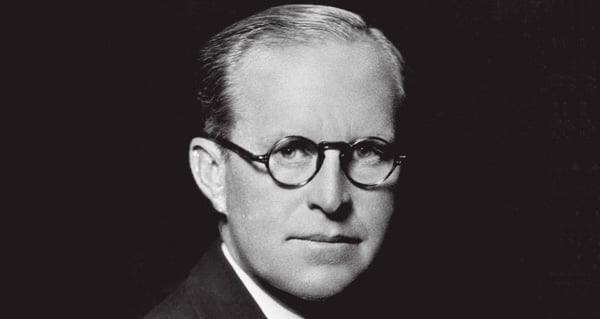lg325
Diamond Member
I always like watching this movie it is on now. For those who don,t know it about JFKs time in the navy commanding a PT boat.
A fellow by the name of Drawdy was part of his crew and from a well-known family in my hometown. So when the movie came to our town the theaters were packed.
 He is secound from the left back row.
He is secound from the left back row.
A fellow by the name of Drawdy was part of his crew and from a well-known family in my hometown. So when the movie came to our town the theaters were packed.







